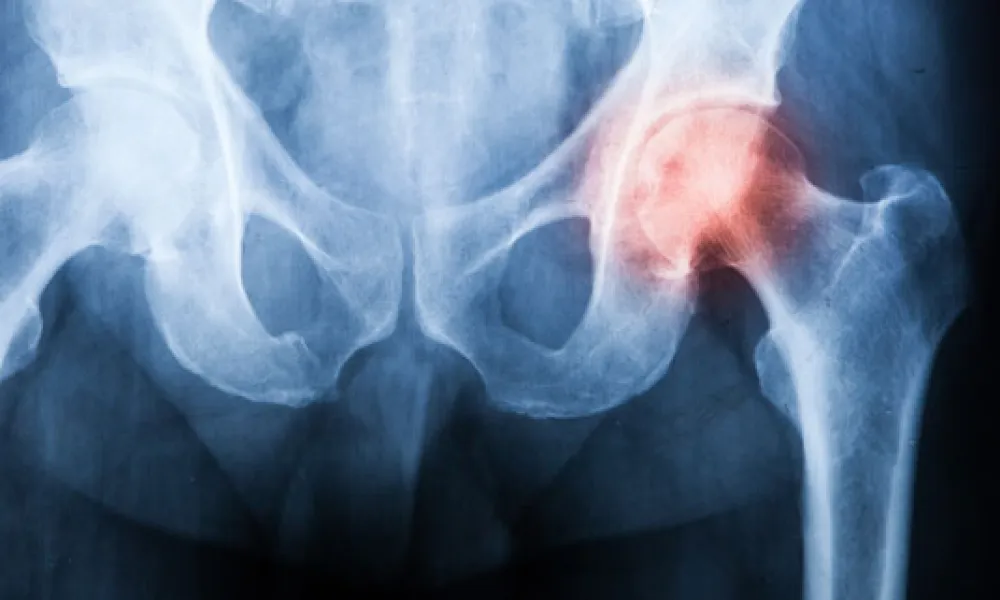Ninety percent of the 350,000 hip fractures that occur in the U.S. each year are the result of a fall, according to the American Academy of Orthopaedic Surgeons (AAOS). The Centers for Disease Control (CDC) report from 1988 to 2000 hospital admission rates for hip fractures among women age 65 or older were twice the rate for men in the same age group.
“Hip fractures are serious for older adults but the risk of hip fracture is higher for women than men because they experience more rapid bone loss after menopause,” said Dr. Susan Cero of Valley Orthopedic Associates (VOA) in Renton.
The rate of hip fracture among women begins to increase at age 50, doubling every five to six years and reaching nearly 50 percent in women age 90, Dr. Cero said.
Falls are often caused by environmental factors; hip fractures are typically the result of bone loss occurring in the body as we age, making it difficult for our bones to sustain a fall. Because older adults are likely to spend more time at home most falls occur in or around the house.
Our bones are hard and solid, providing structure for our muscles and protection of our organs. Despite their apparent rigidity, bones are living tissue in a constant state of change. Our body continually removes and absorbs old bone while new bone is produced to replace it.
As we age it is normal for our bones to begin losing strength. Until about age 30, our body removes old bone and replaces it with new bone at a nearly equal rate. After age 30, and especially in women following menopause, the rate of absorbing old bone begins to occur more rapidly than the rate of new bone being produced. Over time, the result is weakened bones, or osteoporosis, and an increased risk of fractures.
The AAOS reports only 25 percent of hip fracture patients will make a full recovery; 40 percent will require nursing home care; 50 percent will need a cane or walker; and 24 percent of those over age 50 will die within 12 months of the injury due to complications.
To help prevent falls, VOA recommends:
- Regular exercise to help increase leg strength and improve balance
- Being careful when pets are around your feet or jumping
- Sitting on the edge of your bed when you first wake up to make sure you are not dizzy before getting up
- Using handrails on stairs
- Using a cane or walker if you are frequently unstable on your feet
- Removing any tripping hazards, such as throw rugs
- Arranging frequently used items in closets and cupboards so they are easy to reach
- Reviewing prescription and over-the-counter medications with your physician or pharmacist to reduce any possible side effects, such as dizziness

